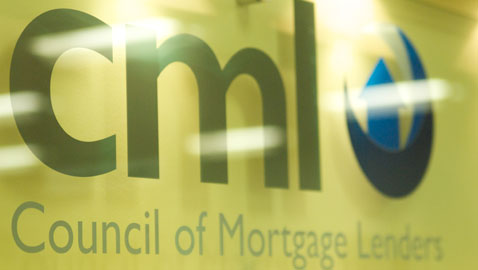
Total gross lending in September was £18.1 billion, according to the Council of Mortgage Lenders (CML).
This was 1% lower than August (£18.2 billion) but 12% higher than September last year (£16.1 billion), according to the Bank of England. Gross mortgage lending for the third quarter of this year was therefore an estimated £56.1 billion. This represents a 9% increase from the second quarter of this year, and a 14% increase on the third quarter of 2013 (£49.1 billion).
House purchase lending to home-buyers decreased month-on-month in September totalling 58,600 loans. This was down 7% compared to August with the value of these loans totalling £10bn, a fall of 8%. Compared to September 2013, the number of loans increased by 13% and the value of lending by 20%.
In the third quarter, house purchase lending totalled 188,000 loans, up 8% on quarter two and up 12% on the third quarter 2013. This totalled £32.4bn, an increase on the second quarter of the year by 13% and up 21% on the same period last year.
First-time buyer affordability changed fractionally, with first-time buyers typically borrowing 3.40 times their gross income, compared to 3.42 in August. The typical loan size for first-time buyers rose month-on-month to £125,999 in September, up from £125,375 in August. The typical gross income of a first-time buyer household changed slightly to £38,690 in September from £38,185 in August.
In the third quarter of 2014, first-time buyers borrowed on average £125,875, up from 122,000 in the second quarter of the year. They typically borrowed 3.41 times their income, down from 3.46 in the second quarter of 2014. The average household income of first-time buyers increased to £38,420 in the period, up from £36,750 in the second quarter of 2014.
First-time buyers in September paid 19.6% of gross income towards covering capital and interest payments, little changed from 19.7% in August but still significantly less than the recent peak of 24.8% in December 2007.
Home movers typically borrowed 3.06 times their gross income in September, compared to 3.05 in August. The typical loan size for home movers was £154,800 in September, down from £155,995 in August. The typical gross household income of a home mover was £53,291 in September compared to £54,150 in August.
Home movers’ payment burden remained relatively low in September at 18.8% of gross income being spent to cover monthly capital and interest payments, unchanged from August, but well below the recent peak of 23.8% in December 2007.
In the third quarter of 2014, home mover characteristics changed marginally within this period. Home movers borrowed on average £155,241, up from £150,995 in the second quarter of the year. They typically borrowed 3.05 times their income, down slightly from 3.08 in the second quarter of 2014. The average household income of home movers increased to £53,854 in the period, up from £51,265 in the second quarter of 2014.
Remortgage lending activity saw an increase month-on-month in September, with the number of remortgage loans totalling 28,300. This was 20% up on August but 12% down on September last year. The value of these loans (£4.4 billion) was up 22% on the previous month but down 6% on September last year.
In the quarter, remortgages loans increased by 2% to 77,200 on the previous quarter, but down 13% on the third period of 2013. By value, remortgaging totalled £11.9 billion, 3% up on the second quarter but 6% up on Q3 2013.
Paul Smee, director general of the CML, said: “We are approaching the end of 12 months of change, transition and growth. This has been a year when lenders and intermediaries have been put under increased spotlight from regulatory, political and media spheres and have risen to meet the challenges.
“The lending market is healthier than it was a year ago, and set to remain so. Remortgaging has returned as a driver of lending volume in the buy-to-let sector. But any fears of over-heating in the housing market are now dissipating as house purchase lending activity seems to be softening.”
